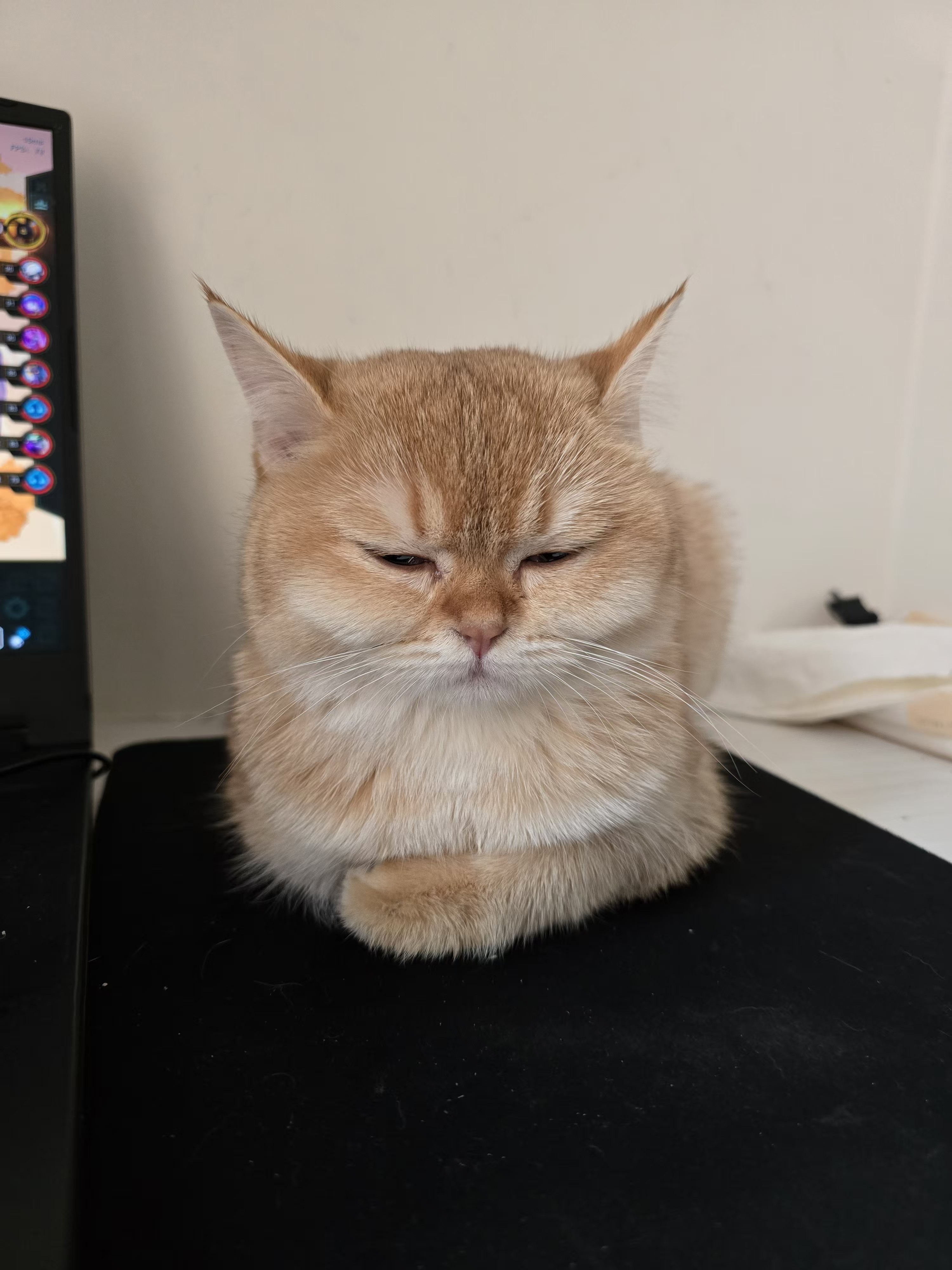An Introduction to the Development History of SOL Coin**
SOL coin, also known as Solana, has emerged as a significant player in the cryptocurrency landscape. Understanding its development history provides valuable insights into its growth and evolution.
Solana was founded with the vision of creating a high-performance blockchain platform that could handle a large number of transactions quickly and efficiently. The project aimed to address the scalability issues that many existing blockchains faced at the time.
The development journey of SOL coin began with a team of dedicated blockchain enthusiasts. They worked tirelessly to design and build a robust infrastructure. The Solana blockchain utilizes a unique combination of technologies such as Proof of Stake (PoS) and a high-throughput architecture. This allows for fast confirmation times and low transaction fees, making it an attractive option for various applications.
In the early stages, Solana faced the challenge of gaining recognition in the highly competitive cryptocurrency market. However, through continuous innovation and strategic partnerships, it started to make waves. It attracted developers and projects looking for a reliable and fast blockchain solution.
One of the key milestones in the development of SOL coin was the launch of its mainnet. This marked the official entry of Solana into the public blockchain space. With the mainnet launch, developers could start building decentralized applications (dApps) on the Solana platform. This led to a rapid growth in the number of dApps being created, covering a wide range of industries including finance, gaming, and decentralized finance (DeFi).
As the ecosystem around SOL coin grew, so did its user base. The ability to support a large volume of transactions per second made it suitable for applications that required real-time processing. For example, in the DeFi sector, Solana's fast transaction speeds enabled seamless trading and lending activities.
In terms of its technical development, the Solana team has been constantly improving and optimizing the blockchain. They have been working on enhancing security, scalability, and interoperability. This has involved research and development efforts to stay ahead of the curve in the ever-evolving blockchain technology landscape.
Another aspect of SOL coin's development history is its community building. The Solana Foundation has been actively involved in promoting the adoption of the platform. It has organized various events, hackathons, and educational initiatives to raise awareness about Solana and its potential. This has helped to foster a vibrant community of developers, users, and supporters.
Looking ahead, the future of SOL coin seems promising. With ongoing technological advancements and a growing ecosystem, it is likely to continue to expand its reach and influence in the cryptocurrency world. As more projects and users flock to the Solana platform, its development history will continue to be written, with new chapters of innovation and growth yet to unfold.
In conclusion, the development history of SOL coin is a story of innovation, perseverance, and growth. From its inception to its current position as a leading blockchain platform, Solana has come a long way. Its journey showcases the potential of blockchain technology to transform various industries and provide new opportunities in the digital economy. Whether it's through its technological capabilities, community building, or market adoption, SOL coin has made a significant mark in the cryptocurrency space, and its story is far from over.












